
- 1. Understanding Tango Dance
- 2. Key Tango Steps
- 3. Techniques to Master Tango
- 4. Common Mistakes to Avoid in Tango
- 5. Real-Life Tango Success Stories
- 6. Recommended Resources for Tango Learning
1. Understanding Tango Dance
The tango is a captivating and passionate dance that originated in the late 19th century in Argentina. Known for its dramatic movements and intricate footwork, tango requires a blend of precision, control, and emotional expression. The dance is typically performed in close embrace with the leader guiding the follower through sharp, elegant steps and turns.
What sets tango apart from other social dances is its emphasis on connection. Whether you’re dancing in a traditional or modern style, the relationship between the two dancers is at the heart of the performance. As you embark on your tango journey, understanding the rhythm and emotional depth of the dance is just as important as mastering the physical movements.
2. Key Tango Steps
To begin mastering the tango, it’s essential to familiarize yourself with the basic steps that form the foundation of the dance. Here are some key steps to get you started:
- The Basic Step (Caminada): This is the fundamental step in tango. The leader begins by stepping forward with the left foot, followed by the right foot. The follower mirrors the leader's steps, starting with the right foot moving backward.
- The Ocho: A popular figure in tango, the "Ocho" involves a figure-eight movement, where the follower pivots on one foot while making a circular motion with the other. This move can be done forward or backward, and it’s key for enhancing the fluidity of your dancing.
- The Corte: The "Corte" is a dramatic pause or bow in the tango, where the dancers bend slightly at the waist before continuing the dance. It adds an element of elegance and is often used for emphasis during emotional parts of the performance.
- The Sacada: This advanced move involves the leader stepping into the follower’s space, essentially "taking" the follower’s position. It requires good control and timing but creates a beautiful visual effect when executed correctly.
By mastering these fundamental steps, you’ll be well on your way to performing a variety of tango figures with ease.
3. Techniques to Master Tango
Mastering tango requires not only learning the steps but also refining your technique. Here are some key techniques to help you perfect your tango dancing:
- Connection with Your Partner: Tango is often called the "dance of connection" because the lead and follow rely on mutual understanding and body communication. Practice maintaining a strong but comfortable embrace and being mindful of your partner’s movements.
- Footwork Precision: The tango requires sharp, deliberate steps. Focus on keeping your feet close to the floor and avoiding unnecessary lifting. The precision in your footwork will elevate the fluidity and elegance of your movements.
- Posture and Alignment: Good posture is crucial in tango. Keep your spine straight and your chest open. The leader should maintain a slight forward lean, while the follower should keep their body aligned with the leader’s movements.
- Timing and Rhythm: Tango is danced to a 2/4 rhythm, with slow, deliberate steps followed by quicker movements. It’s essential to match your movements to the music’s beat. Practice dancing with music to develop a strong sense of timing.
Regular practice with a focus on these techniques will help you develop more control and fluidity, allowing you to execute complex movements with confidence.
4. Common Mistakes to Avoid in Tango
As with any dance, beginners often make mistakes while learning tango. Being aware of common mistakes can help you avoid frustration and improve your dancing more quickly. Here are some mistakes to look out for:
- Lack of Connection: One of the biggest mistakes in tango is failing to maintain a strong connection with your partner. This can cause your movements to feel disconnected and lack the smooth flow that is characteristic of the dance.
- Incorrect Posture: Poor posture can disrupt the flow of your dance and make it harder to move gracefully. Avoid slouching and ensure that you keep your chest open and your back straight.
- Overcomplicating the Steps: Tango is about precision and subtlety. Trying to force complicated moves without mastering the basics can lead to frustration and disrupt the dance’s natural flow.
- Not Listening to the Music: Tango is deeply connected to the music. If you're not paying attention to the rhythm and timing of the music, your movements may seem out of sync with the music, affecting the overall feel of the dance.
By being mindful of these common mistakes, you can focus on improving your technique and ultimately master the tango with greater ease.
5. Real-Life Tango Success Stories
Many dancers have transformed their lives through the art of tango. One inspiring example is a couple who had never danced before but fell in love with tango after taking a few lessons. They began by focusing on the basics and slowly progressed to more advanced moves like the Ocho and Sacada. Within a few months, they were able to perform full routines at local tango events, receiving praise for their connection and grace on the dance floor.
Another story comes from a woman who had always felt self-conscious about her dancing abilities. After committing to regular tango lessons, she not only improved her technique but gained confidence, eventually competing in tango competitions. Her journey shows that persistence and practice truly pay off when it comes to mastering tango.
6. Recommended Resources for Tango Learning
If you're serious about mastering tango, it's essential to find the right resources and support. Here are some great places to help you along your tango journey:
- American Dance Academy: If you’re looking for expert guidance in learning tango, consider checking out American Dance Academy. They offer personalized lessons and workshops to help you develop your tango skills at your own pace.
- Tango Books and Online Tutorials: There are plenty of books and online tutorials that focus on tango techniques. Some highly recommended options include “The Art of Argentine Tango” and various online platforms that provide step-by-step lessons.
- Tango Dance Classes: Join a local tango dance studio or take online classes. These classes often include group sessions as well as private lessons, offering a range of learning opportunities to suit your needs.
These resources will give you the tools you need to continue progressing in your tango journey and eventually master the dance!
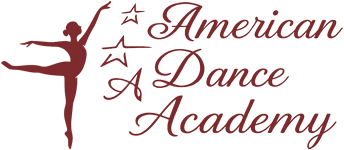
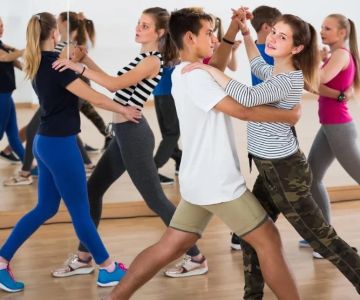

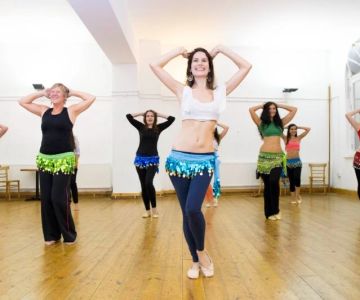
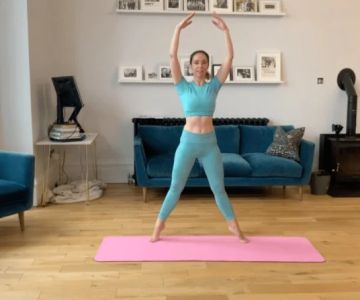
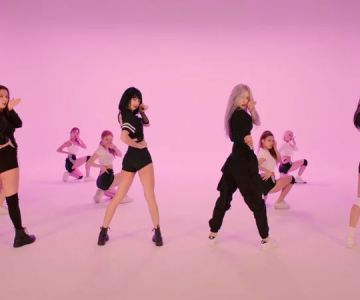
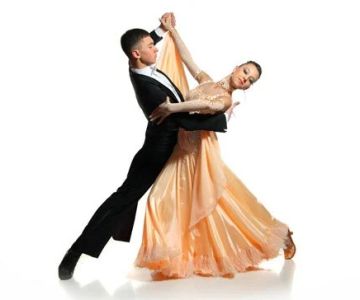
 Royal Palace Dance Studio, LLC. Concord, NH Ballroom Studio5.0 (7 reviews)
Royal Palace Dance Studio, LLC. Concord, NH Ballroom Studio5.0 (7 reviews) Belly Dance with Jahaila5.0 (1 reviews)
Belly Dance with Jahaila5.0 (1 reviews) Kathleen Russell Dance Studio5.0 (3 reviews)
Kathleen Russell Dance Studio5.0 (3 reviews)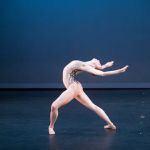 Academy of City Ballet of Houston5.0 (5 reviews)
Academy of City Ballet of Houston5.0 (5 reviews)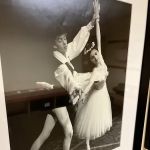 Ballet Royale Minnesota4.0 (28 reviews)
Ballet Royale Minnesota4.0 (28 reviews) Alixir Dance5.0 (10 reviews)
Alixir Dance5.0 (10 reviews) Line Dance That Boosts Confidence – What You Need to Know
Line Dance That Boosts Confidence – What You Need to Know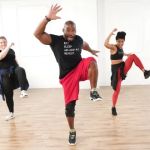 Hip Hop Fitness Routine: A Step-by-Step Guide to Burn Calories and Have Fun
Hip Hop Fitness Routine: A Step-by-Step Guide to Burn Calories and Have Fun The History of Shuffle Dance – Learn the Basics and More
The History of Shuffle Dance – Learn the Basics and More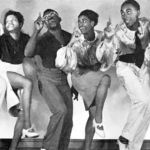 The History of Jazz Dance for Adults: A Guide to Styles and Benefits
The History of Jazz Dance for Adults: A Guide to Styles and Benefits How to Master K-Pop Dance for Kids: Fun Tips and Techniques
How to Master K-Pop Dance for Kids: Fun Tips and Techniques How to Make the Most of a School Dance: Tips, Themes, and Dance Floor Fun
How to Make the Most of a School Dance: Tips, Themes, and Dance Floor Fun